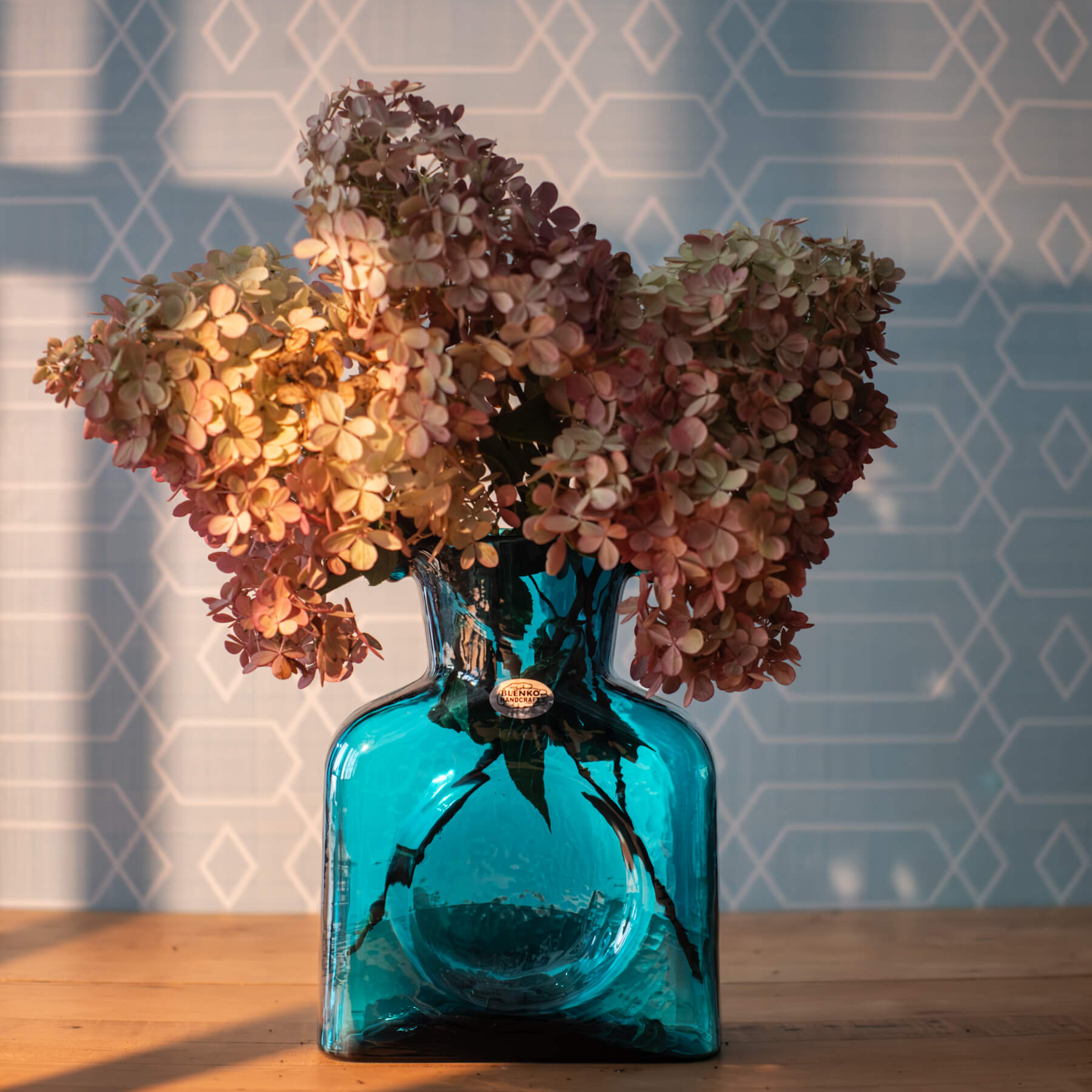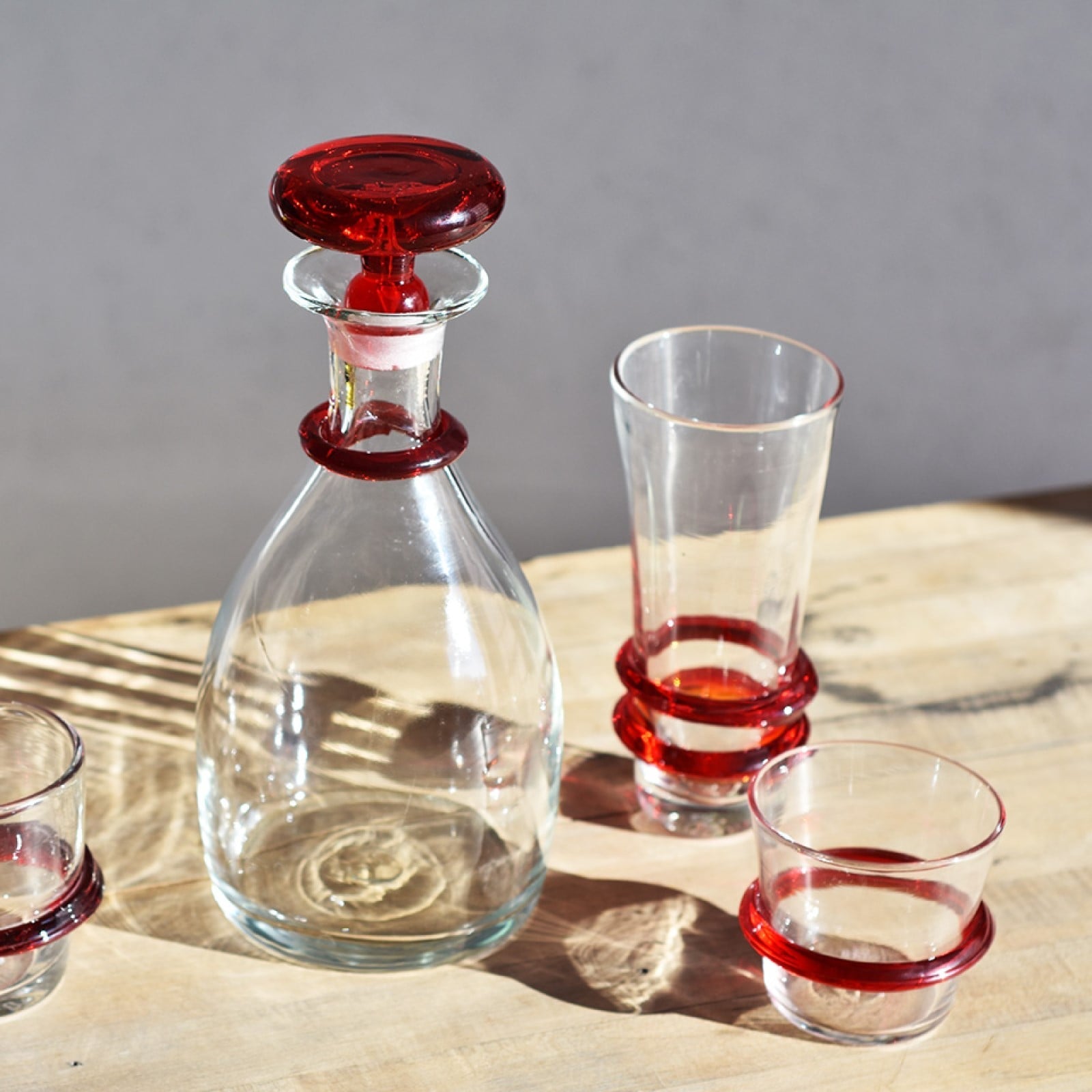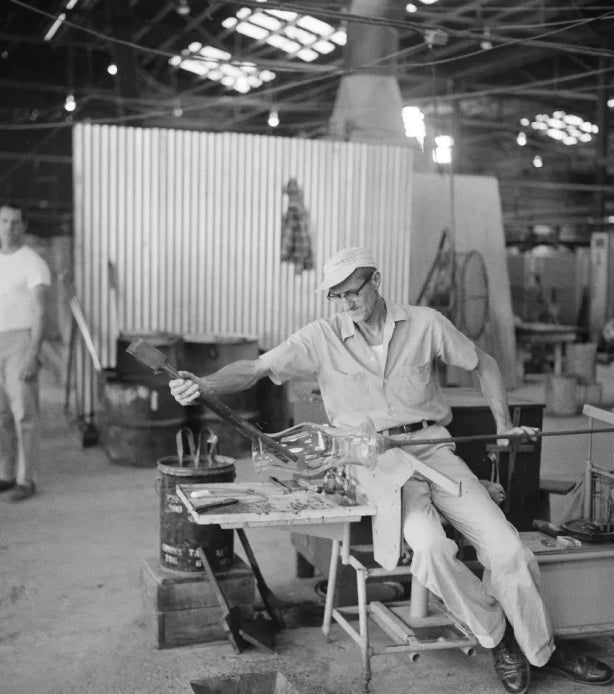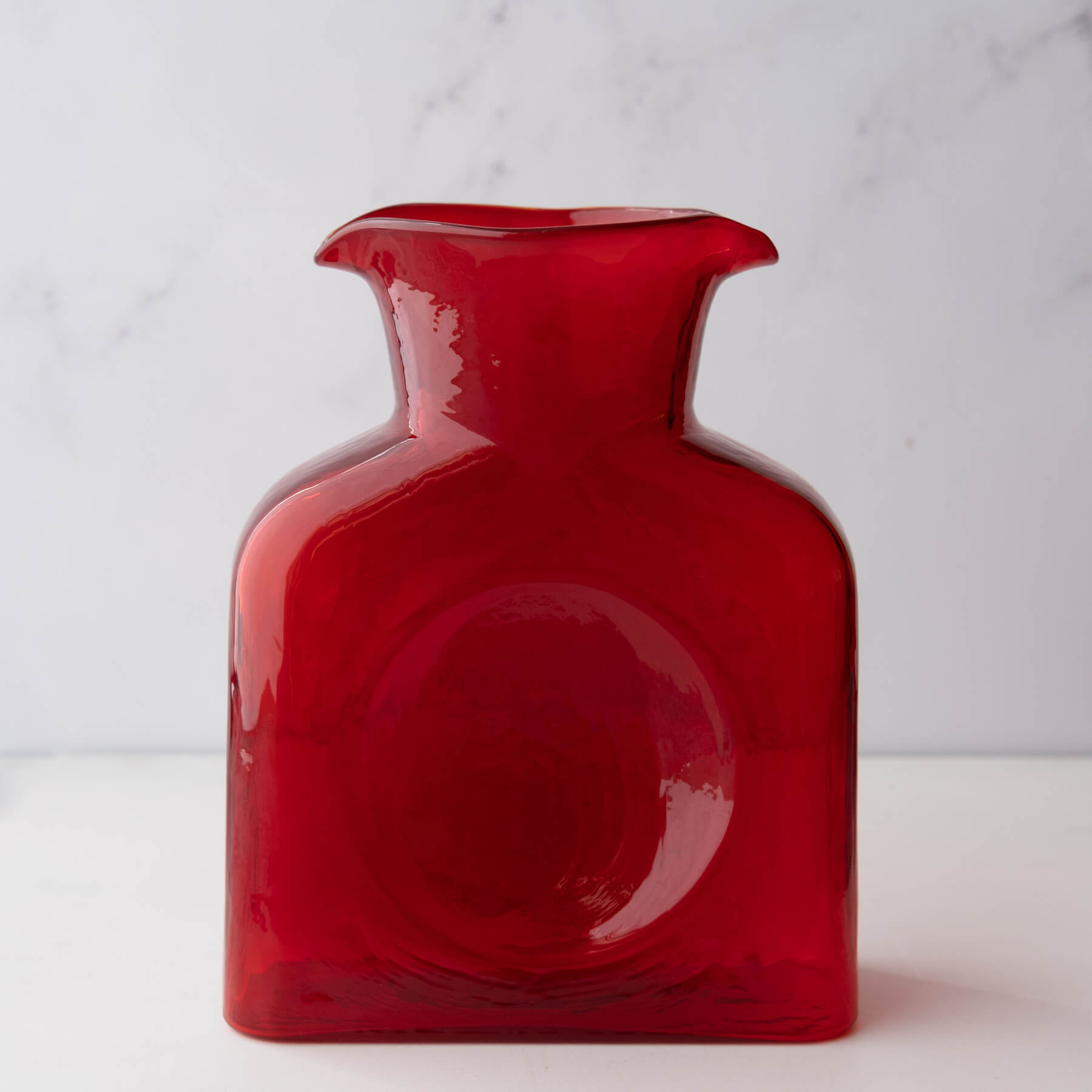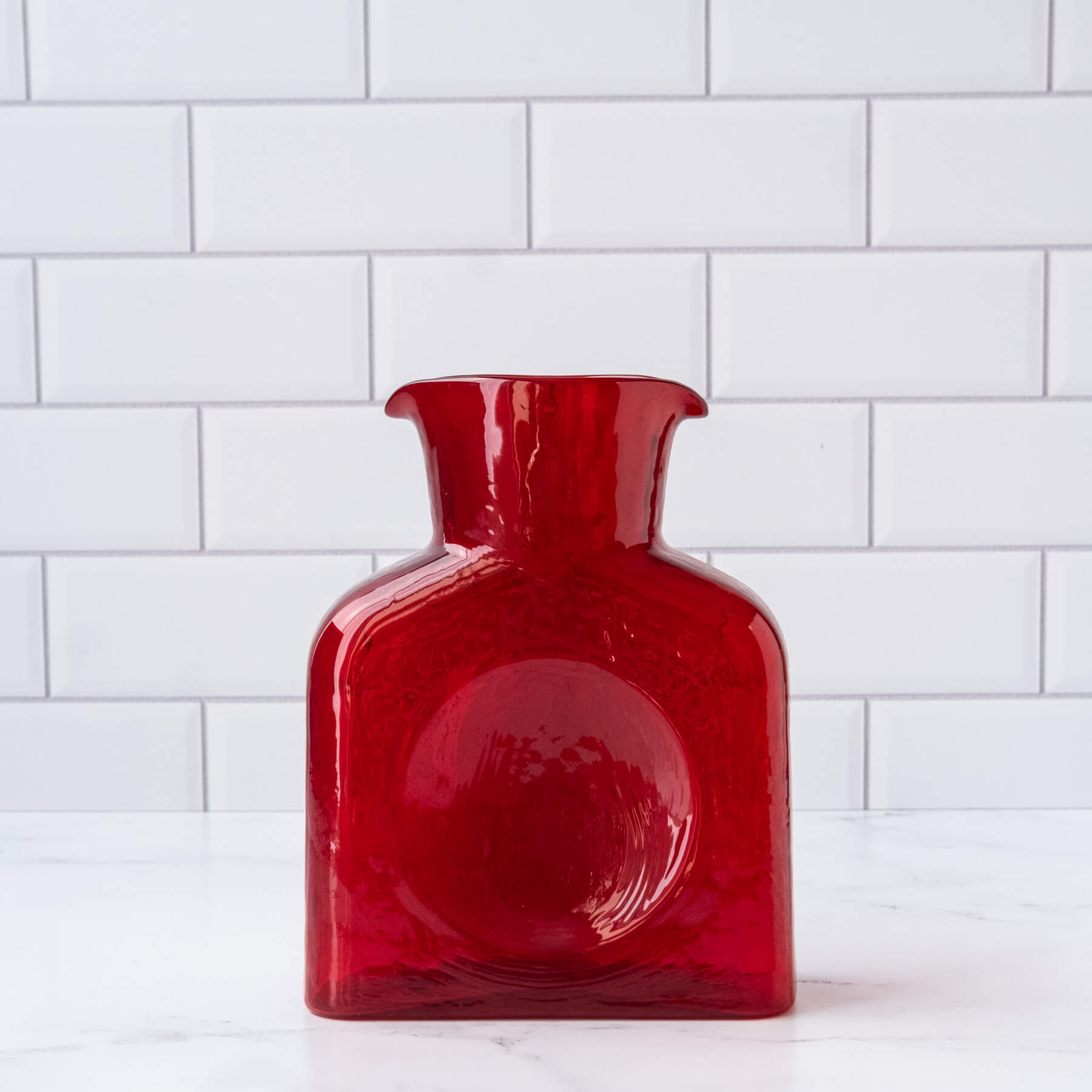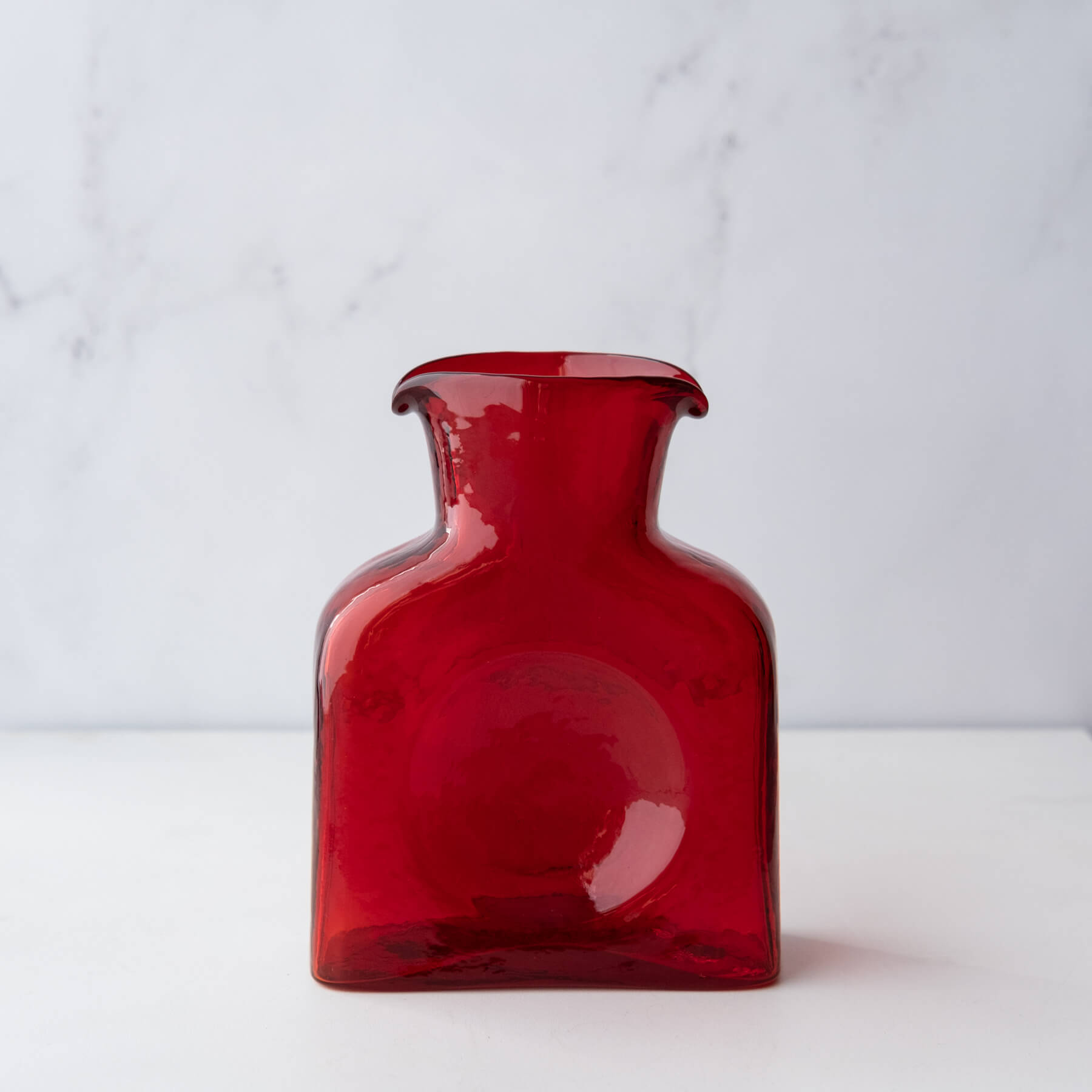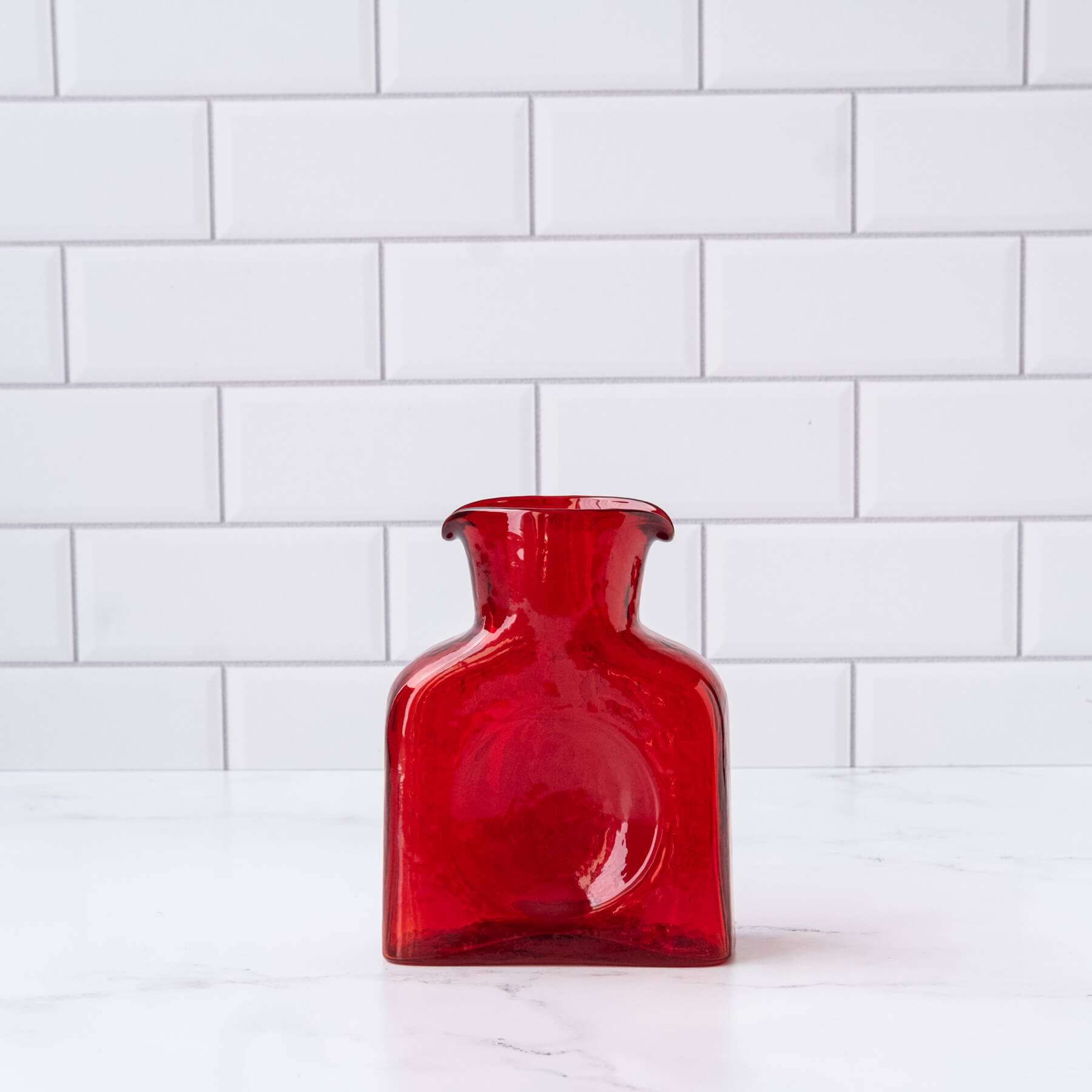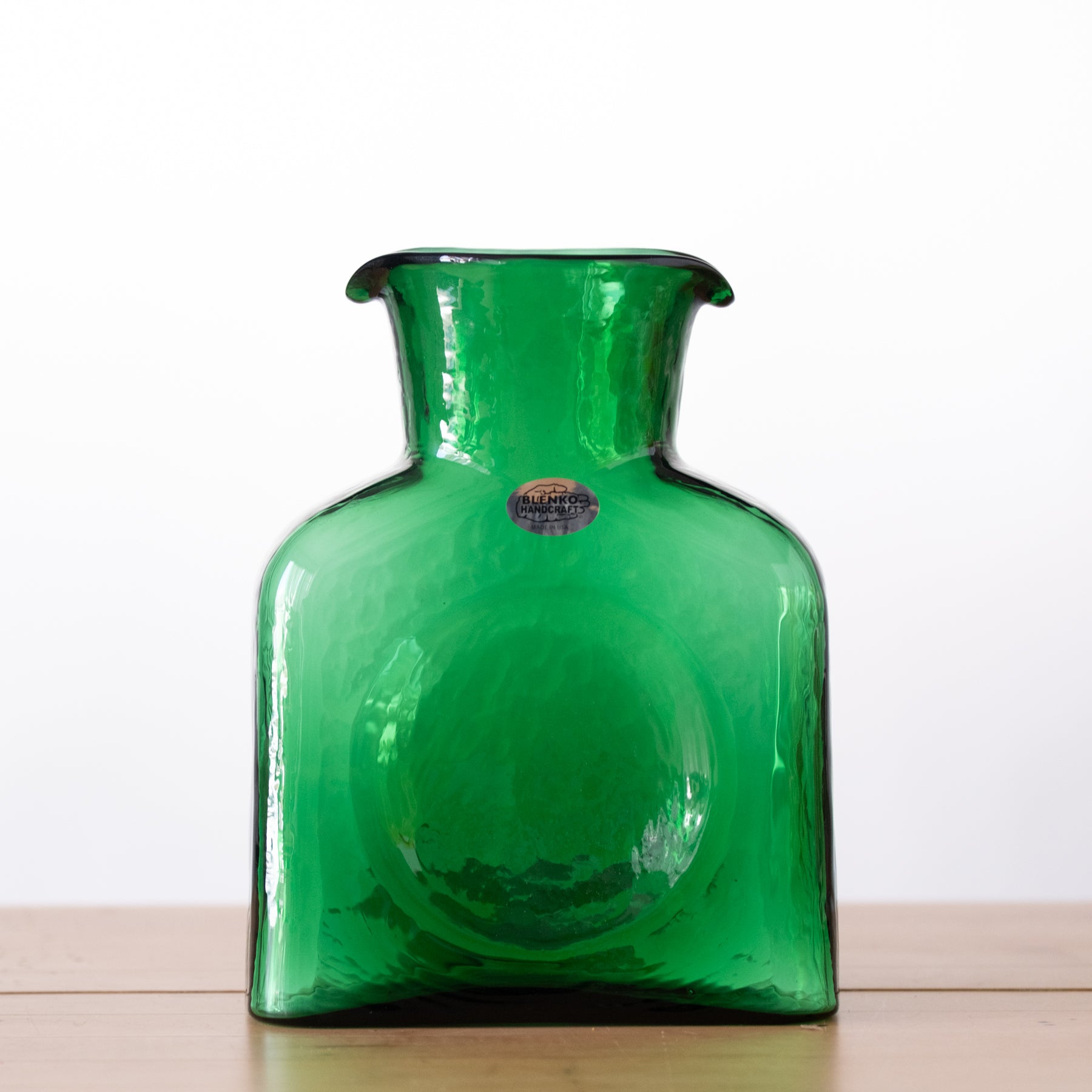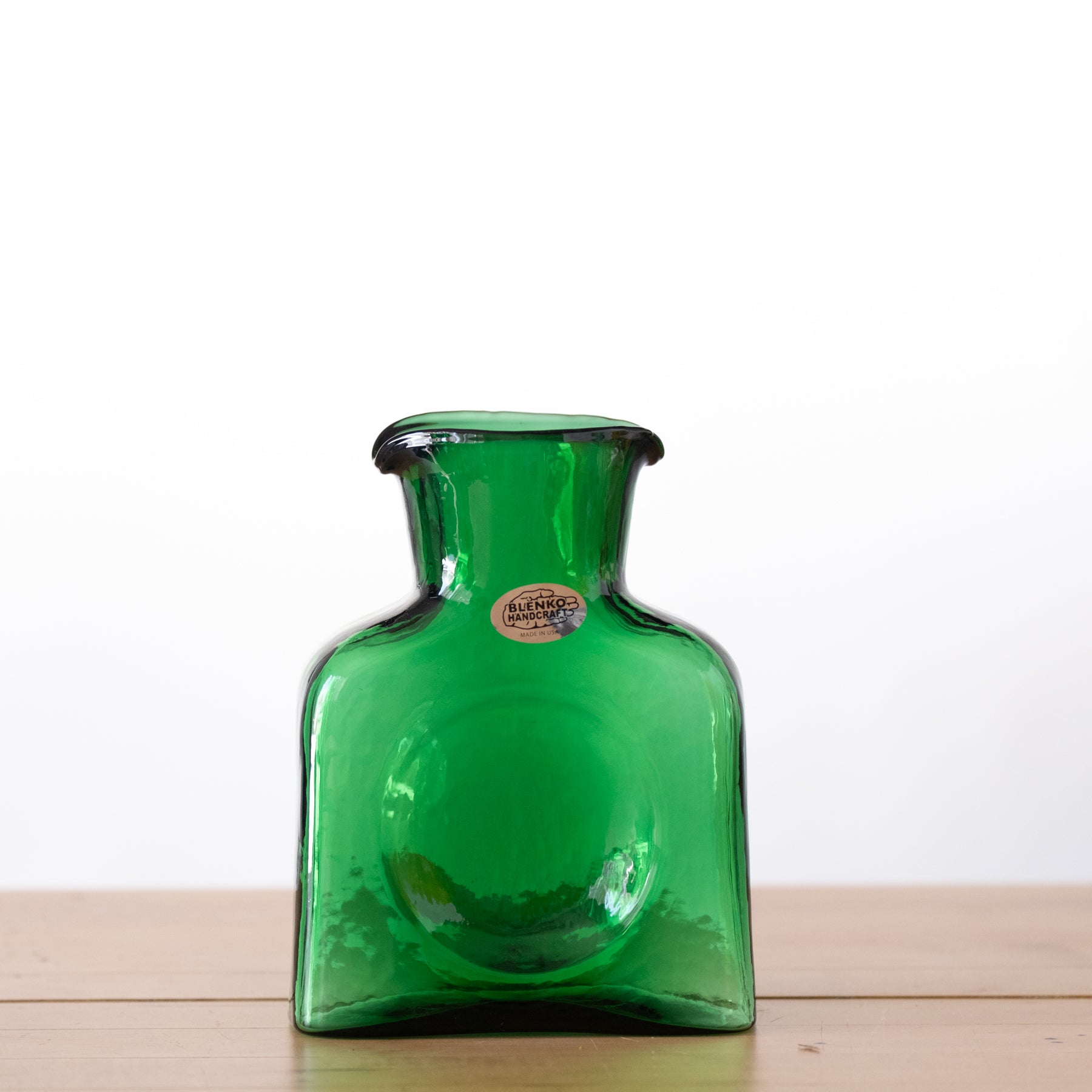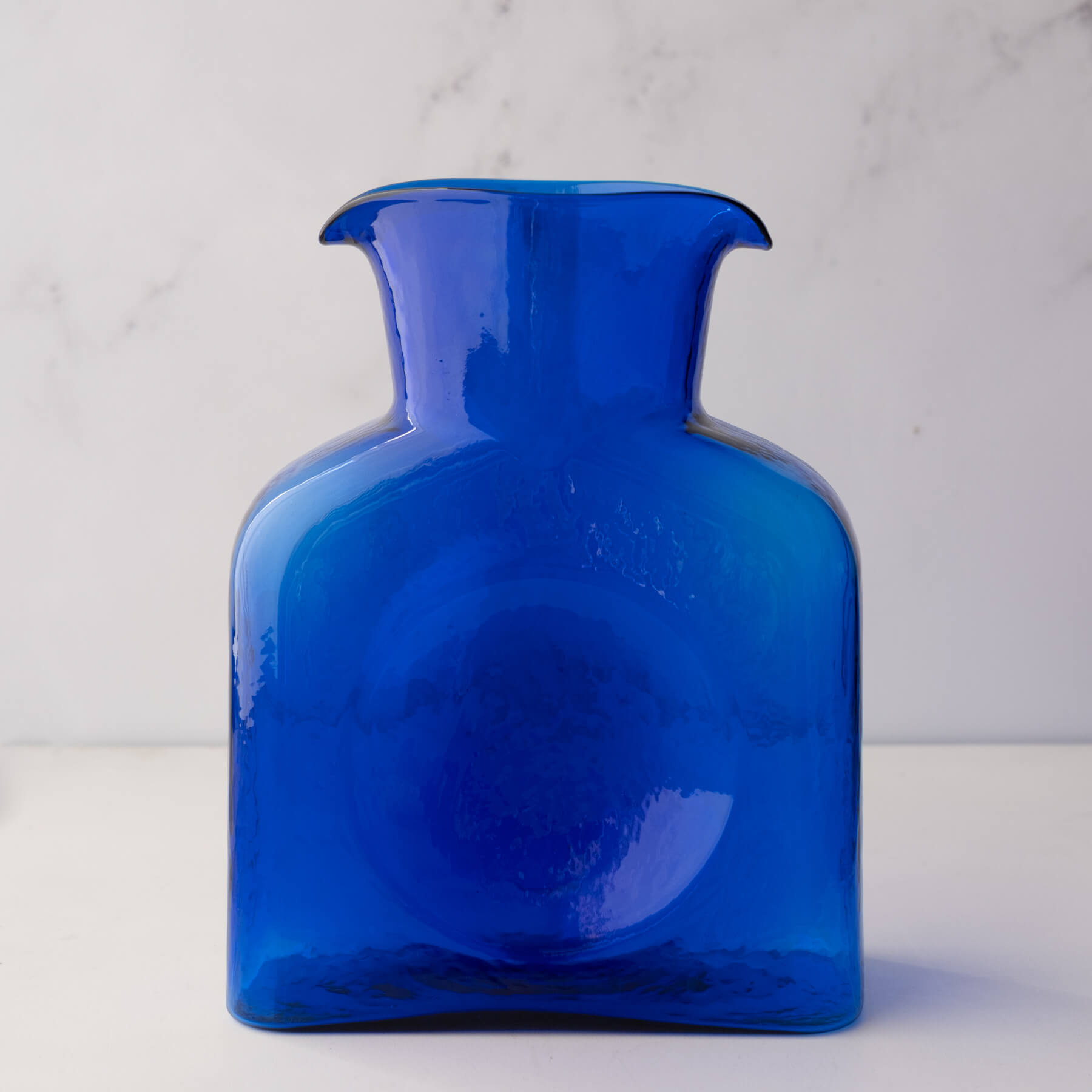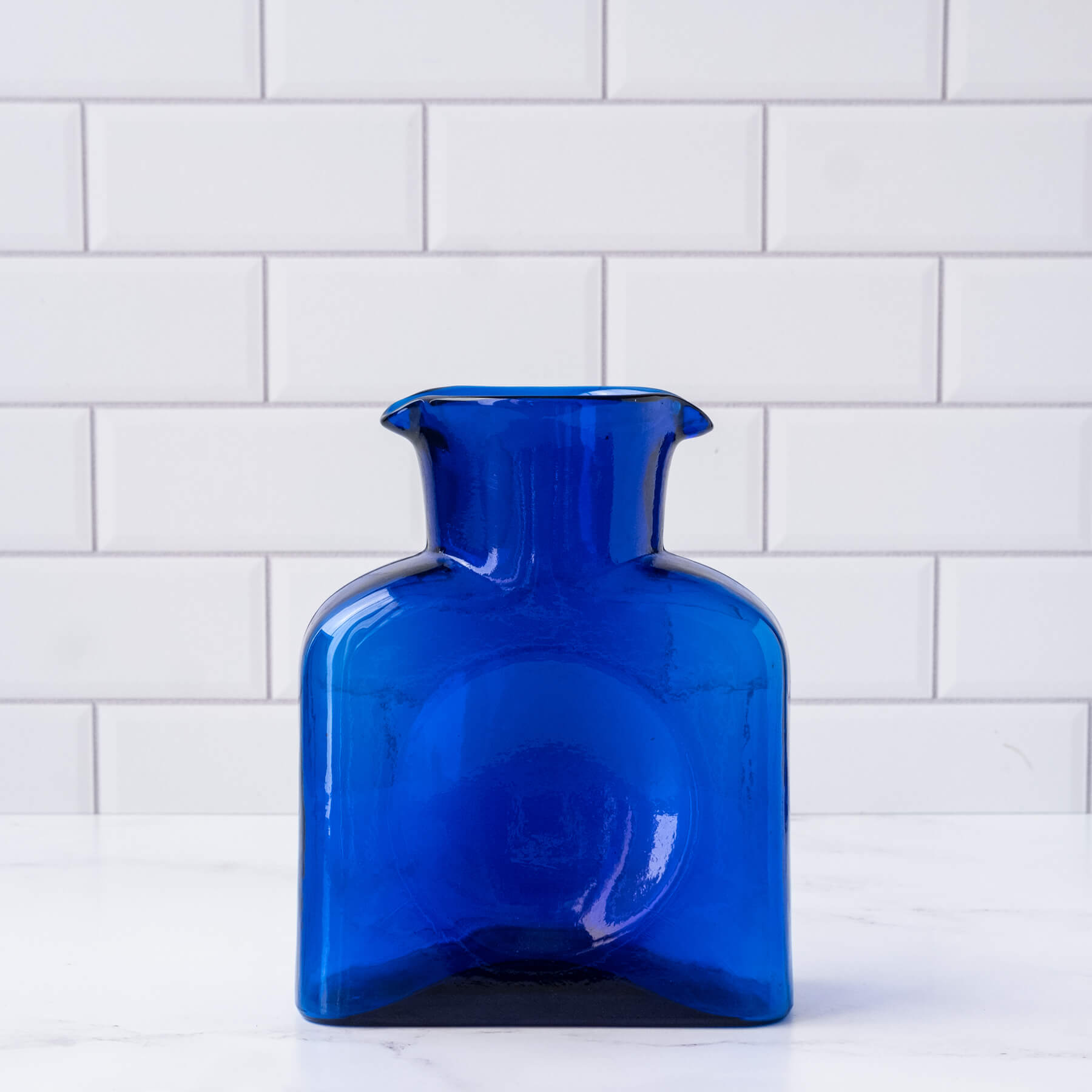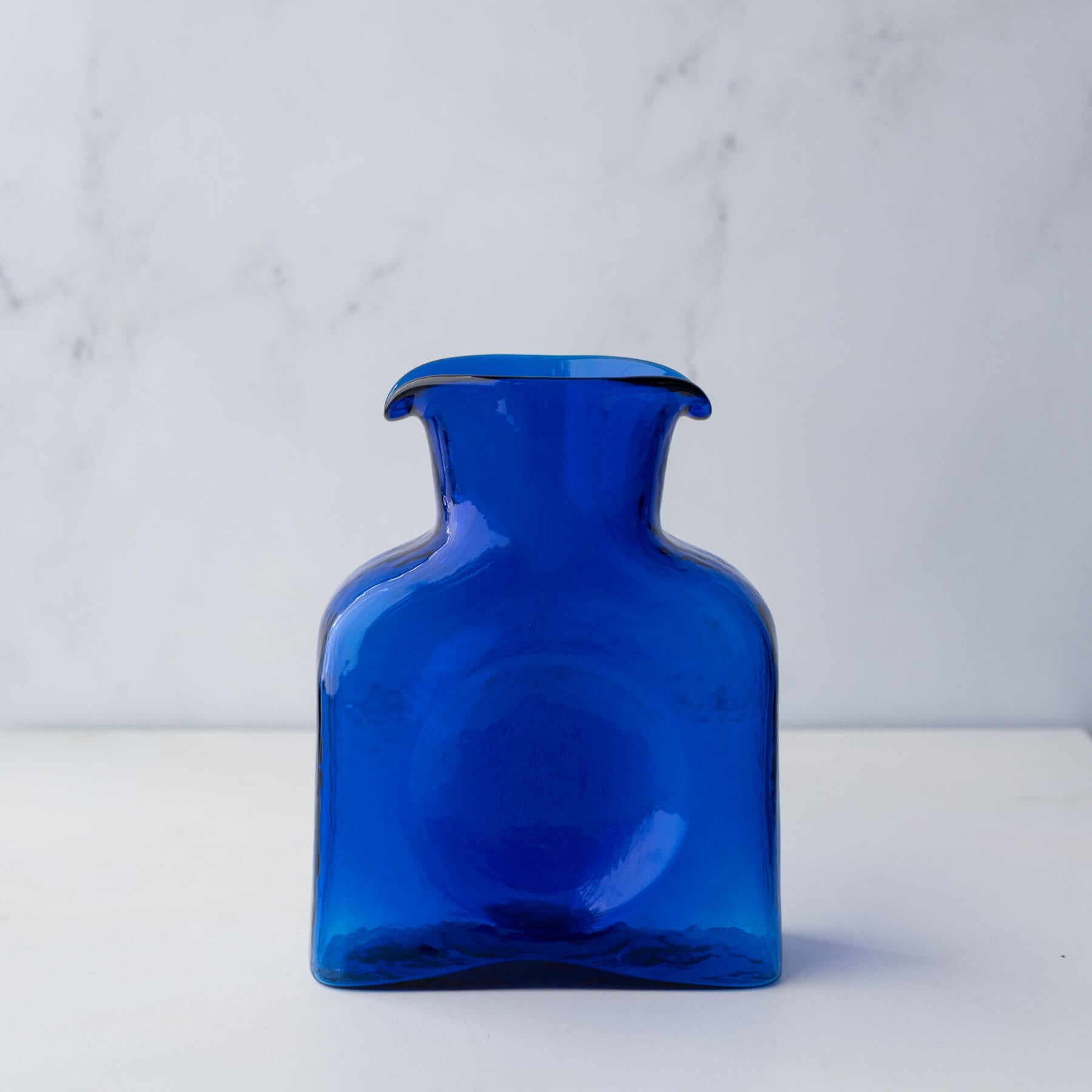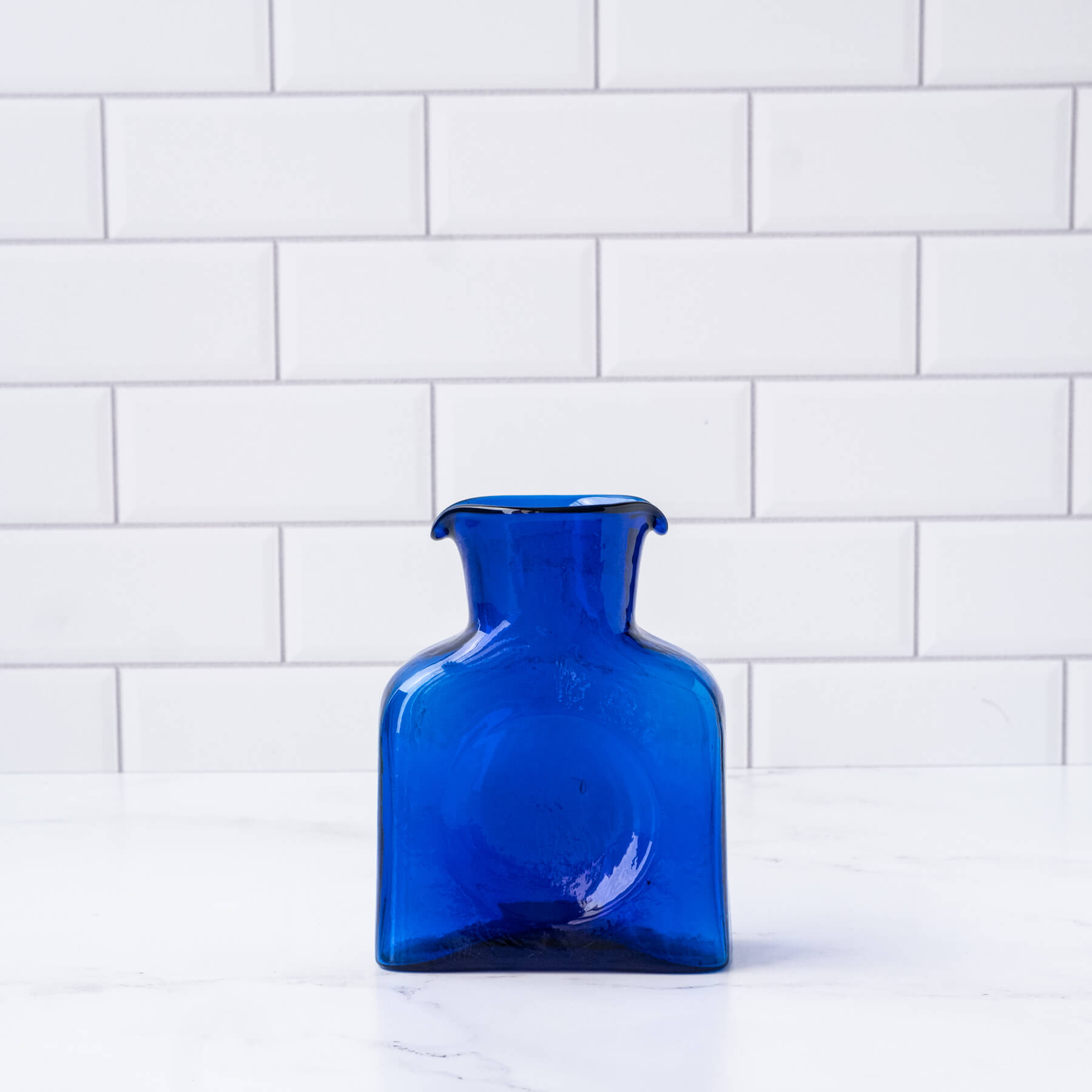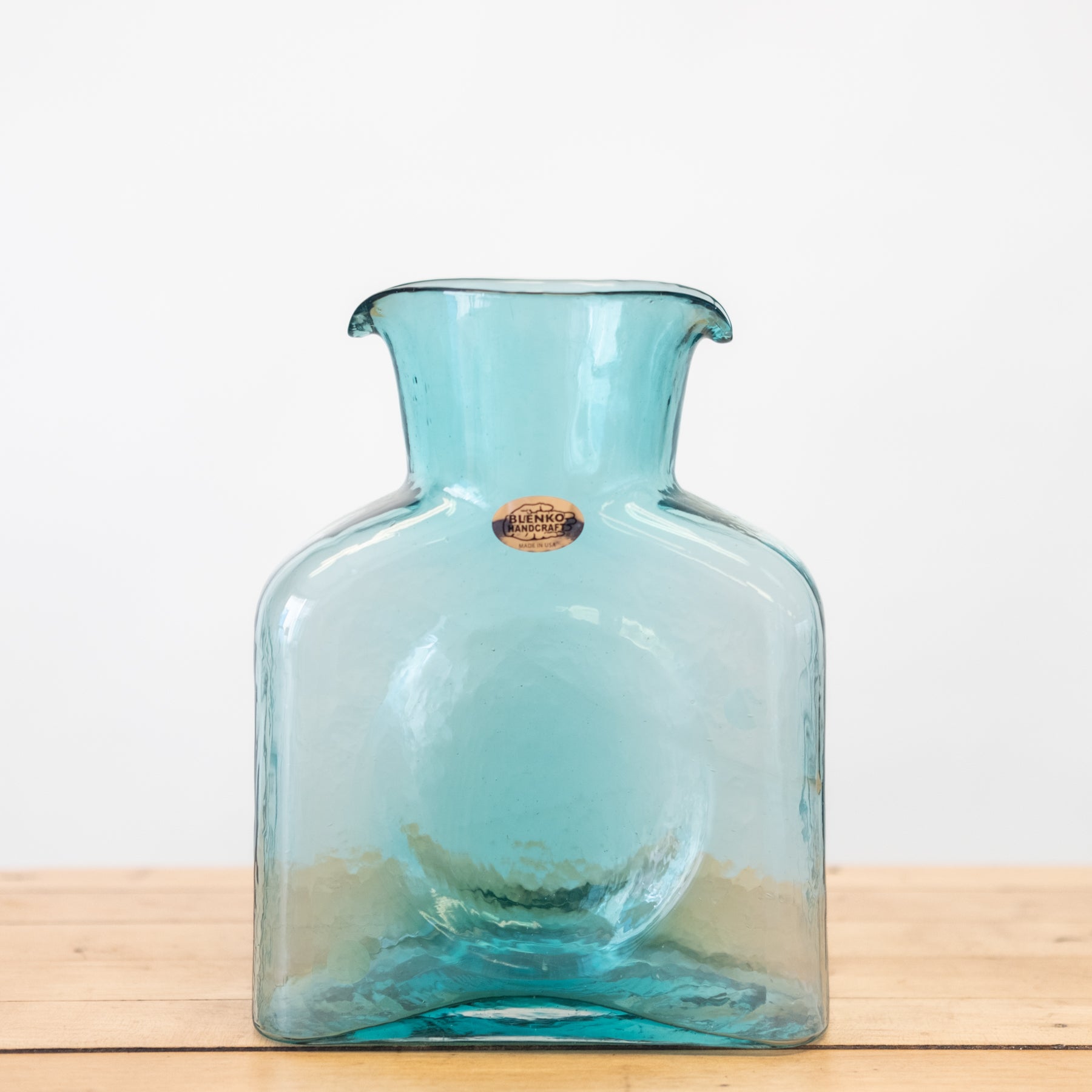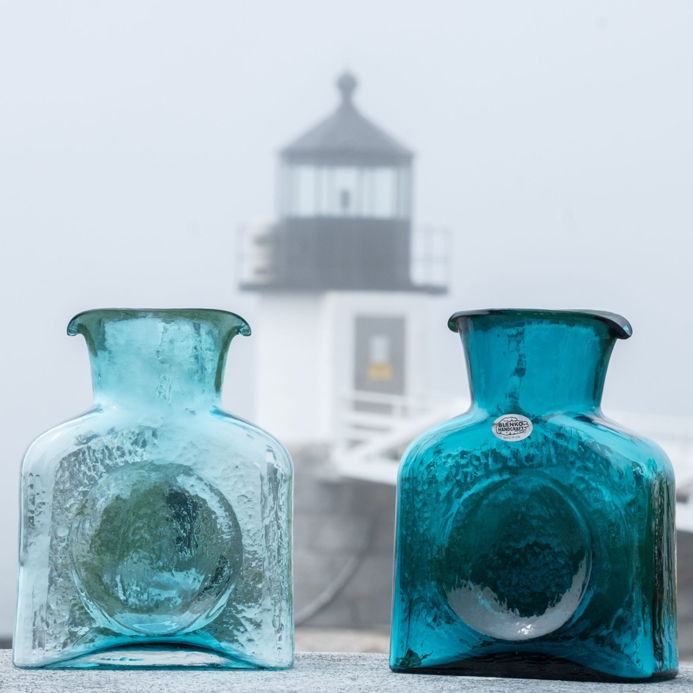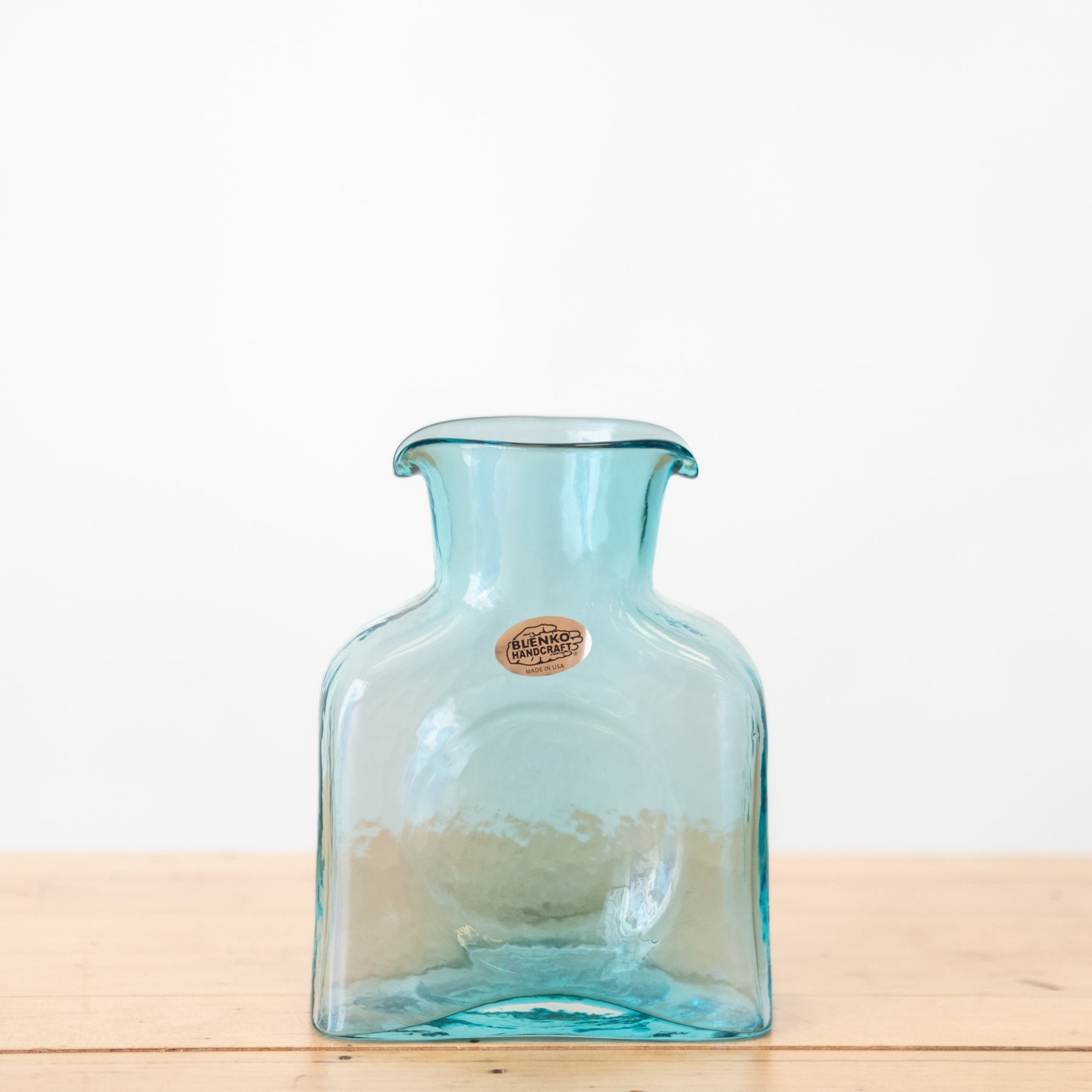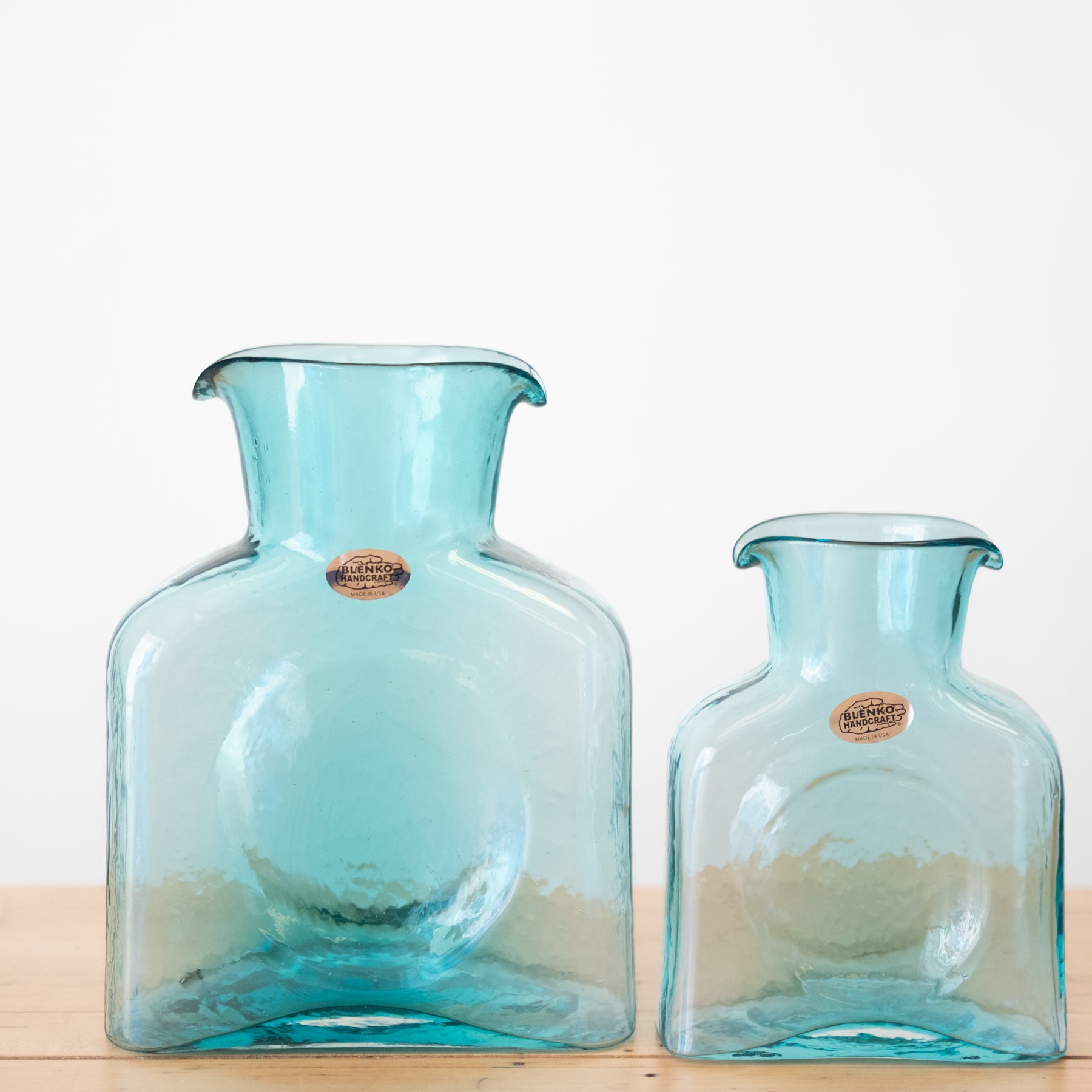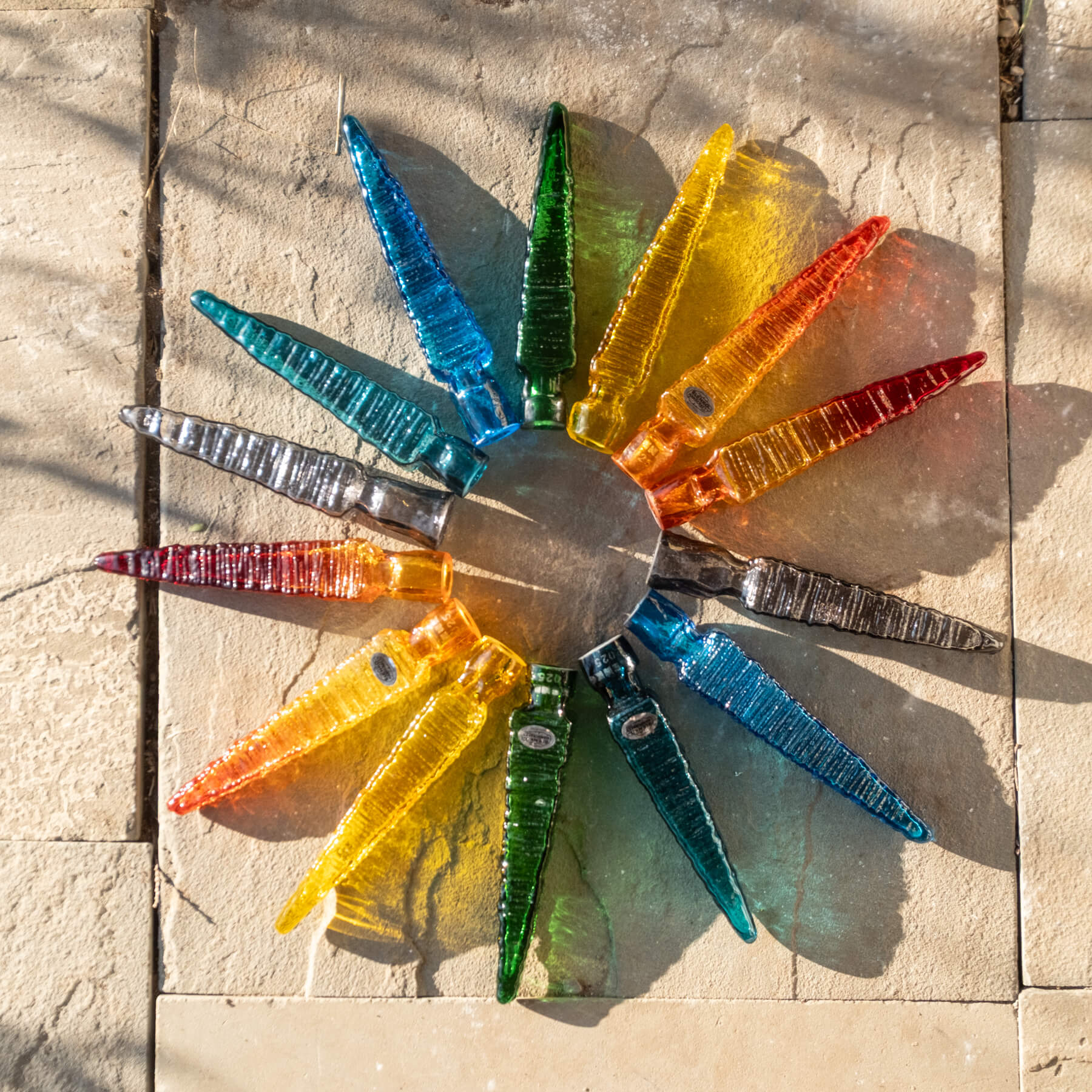
Inside the Blenko Design Process: Where Fire Meets Imagination
Every new Blenko design begins with a conversation - sometimes a loud, excited one over a cluttered workbench, sometimes a quiet exchange between a glassworker and the molten bubble at the end of a blowpipe. People often think our designs are born from careful sketches and strict rules. Some are. But more often, they grow from instinct, from the way a particular color of molten glass moves under heat, or how a curve feels when it spins on the pontil.
The process starts in pencil, yes, but that’s only the first translation of an idea. Paper doesn’t tell you how a shape will behave when it’s stretched under the pull of gravity, or how a deep Cobalt will pool in thicker walls of glass and turn almost black in low light. Those discoveries happen on the floor of the factory, in real time, with heat licking at your hands.
Sometimes a new piece takes shape in a single afternoon, as if the glass was waiting to become exactly that. Other times, it resists. We try different gathers, adjust timing, tweak the temperature of the furnace. The glass has its own opinion; it softens too much, or not enough. It slumps where you want it to hold firm, it stiffens when you need it fluid. That’s the push and pull of design at Blenko: we don’t just impose form, we listen to what the material wants to be.
There are failures, and we love them as much as the successes. A pitcher that flares too wide might inspire a future vase. A bottle that cracks during annealing teaches us where a line should have been gentler, where tension built up in the walls. These “mistakes” aren’t thrown away in spirit - they become part of the conversation, part of the living history of the workshop.
By the time a design becomes something we’re proud to share, it’s already gone through dozens of invisible decisions: how it catches light, whether it feels balanced when you lift it, whether its weight tells the same story as its color. And once it’s finished, it stops belonging to us. It goes to you, to hold water or flowers, to catch sunlight in a kitchen window. That’s when the design really becomes complete - when it’s part of someone’s daily life.


